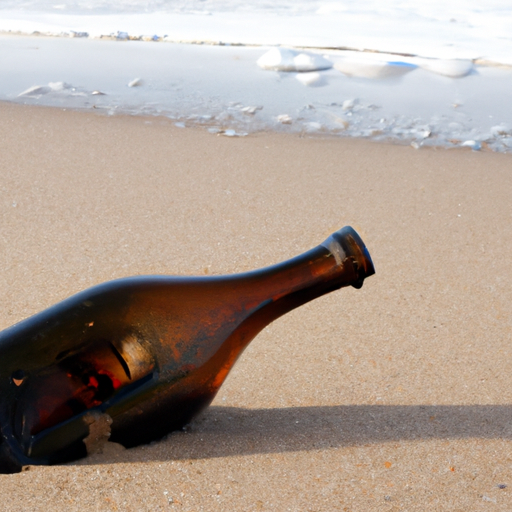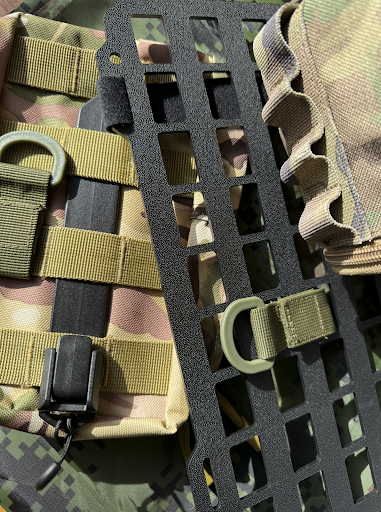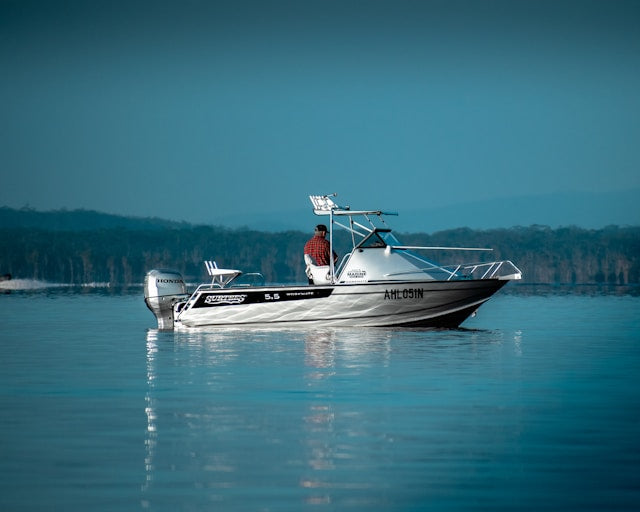Let's face it, outboard motors are fantastic for propelling your boating adventures. But when it comes to fuel fittings, things can get a little murky. There's no universal standard, and different manufacturers use different designs. This can leave you scratching your head at the parts store wondering which mystery connector goes where.
Fear not fellow boater! This guide will break down the most common types of outboard motor fuel fittings:
-
The Two-Pronged Warrior: This classic design, often found on Mercury and Evinrude motors, features a brass or plastic body with two prongs that snap into a matching receptacle on the fuel line and tank. While secure, some users find it tricky to disconnect without pinching the release tabs.
-
The Silver Bullet: Popular with Tohatsu and Honda engines, this fitting is a round, silver coupler that clicks into place over a barb on the fuel line. It's known for being easy to use but may require replacing the o-ring seal occasionally to prevent leaks.
-
Barb and Clamp: This fitting style, used by various manufacturers, features a barbed nipple on the engine or tank that the fuel line slides onto. A hose clamp secures the connection. It's a simple and reliable design, but requires ensuring you have the correct hose size and proper clamp tightness.
Choosing the Right Fit:
-
Match Your Motor: The key to selecting the right fuel fitting is ensuring compatibility with your specific outboard motor brand and model. Consult your owner's manual or refer to the parts diagrams on the manufacturer's website.
-
OEM vs. Aftermarket: Original Equipment Manufacturer (OEM) parts are guaranteed to fit perfectly, but can sometimes be more expensive. Aftermarket options offer good value, but double-check size and compatibility before purchasing.
-
Don't Forget the Fuel Line: Make sure your fuel line is rated for marine use and compatible with the ethanol content in your fuel. Remember to use USCG-approved hoses for safety.
Beyond the Basics:
-
Visual Inspection: Regularly check your fuel fittings and lines for cracks, leaks, or brittleness. Replace any damaged components immediately.
-
Peace of Mind: If you're unsure about replacing fittings yourself, consider seeking help from a certified marine mechanic.
By understanding the different types of fuel fittings and following these tips, you can ensure your outboard motor stays fueled for smooth sailing adventures. Now get out there and make a splash!




